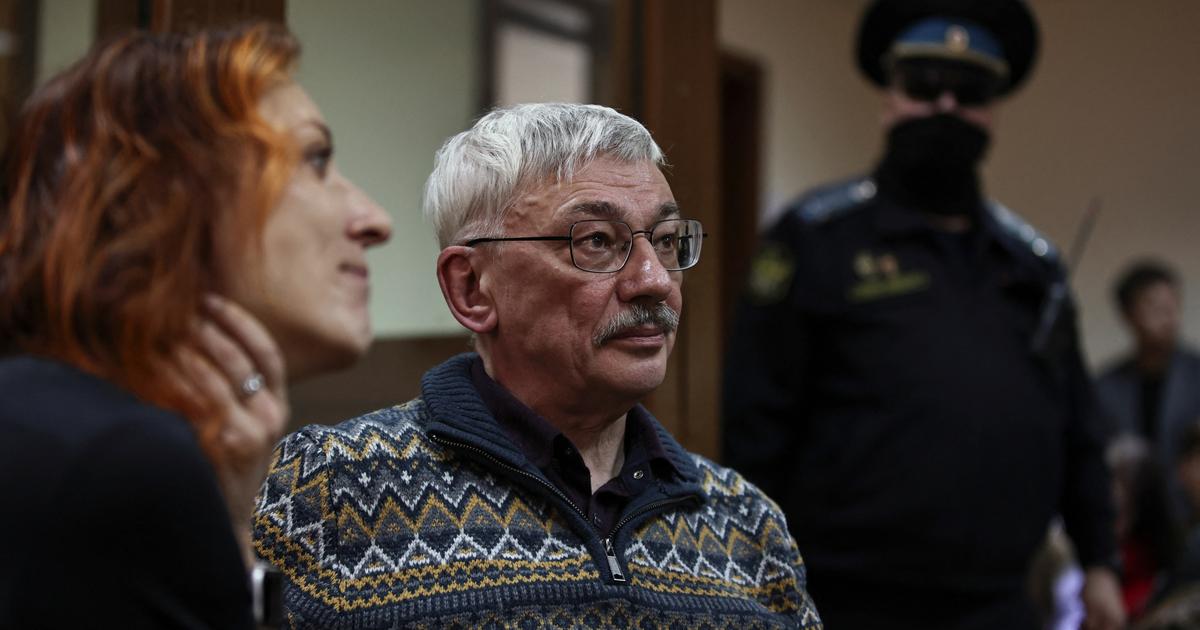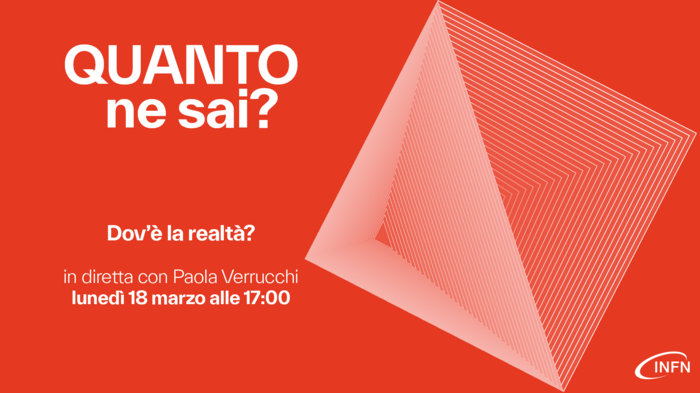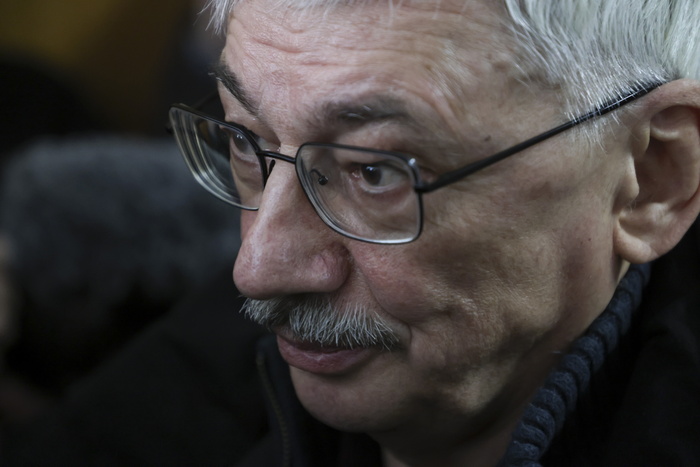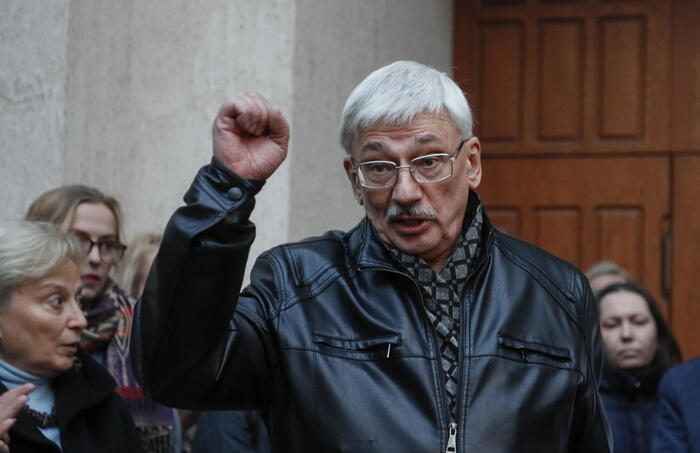Researchers Carolyn Bertozzi, Morten Meldal and Barry Sharpless have won the 2022 Nobel Prize in Chemistry for developing a revolutionary concept for rapidly producing molecules—such as drugs and new materials—from small units, so-called click chemistry, and for go further and take these reactions to the interior of living cells, with the so-called bioorthogonal chemistry, as highlighted on Wednesday by the Royal Swedish Academy of Sciences at an event in Stockholm.
The award includes 10 million Swedish crowns, about 930,000 euros.
Barry Sharpless takes his second award, after receiving the prize in 2001 for another method of building molecules: oxidation reactions in the field of chiral catalysis.
The Swedish academy has highlighted that the Danish chemist Morten Meldal, a 68-year-old professor at the University of Copenhagen, and his colleague Barry Sharpless, an 81-year-old American at the Scripps Research Institute, laid the foundations for a new way of doing chemistry, click chemistry, in which new compounds are formed quickly and efficiently from combinations of smaller molecular parts.
American chemist Carolyn Bertozzi, a 55-year-old researcher at Stanford University, went further and took this click chemistry to “a new dimension”: inside living cells.
Since 1901, 189 scientists have won the Nobel Prize in Chemistry, including only eight women (4%).
Barry Sharpless coined the concept of click chemistry around the year 2000, to refer to that philosophy of rapid modular construction of molecules.
Next, Morten Meldal and Sharpless himself independently developed what the Swedish academy calls “the crown jewel of click chemistry,” a procedure known as copper-catalyzed alkyne-azide cycloaddition.
This reaction is now commonly used to produce drugs and new materials.
Sharpless is the fifth person to receive two Nobel Prizes, after Marie Curie, Frederick Sanger, Linus Pauling and John Bardeen.
Chemist Carolyn Bertozzi wanted to investigate sugars on the surface of cells — glycans, potential biological markers of cancer — and to do so she developed chemical click reactions that worked inside living organisms.
With this strategy she was able to mark the glycans with fluorescent molecules, allowing her study.
These bioorthogonal reactions, as emphasized by the Swedish academy, occur without interfering with normal cell processes.
“These reactions are now used globally to explore cells and track biological processes.
Thanks to bioorthogonal reactions, researchers have improved anticancer drugs that are being tested in clinical trials," the academy said in a statement.
"Click chemistry and bioorthogonal reactions have brought chemistry into the era of functionalism, with an enormous benefit for humanity," says the institution.
One of the members of the Nobel committee, the Swedish chemist Olof Ramström, stated after the ceremony that “methods for connecting molecules work essentially like making constructions with Lego blocks”.
Chemist Javier Montenegro recalls that Barry Sharpless has commented that he was fascinated by working with azides —groups of three nitrogen atoms connected in a linear fashion—, because they were molecules that were too reactive and difficult to control, so they had gone unnoticed.
"The Nobel Prize now recognizes Bertozzi, Sharpless and Meldal for discovering and adapting the chemical potential of these molecules to react in very small concentrations, at very fast speeds and in the biological medium", applauds Montenegro, from the Singular Center for Research in Biological Chemistry and Molecular Materials (CiQUS), in Santiago de Compostela.
“Click chemistry has shown enormous potential in synthesis and in diagnostic and therapeutic applications.
The future development of this powerful chemical tool is even more promising”, he maintains.
Virologist Isabel Sola recalls the feelings her team had when they learned about click chemistry.
"It seemed like a very powerful technology to us to study biochemical processes in real time in living cells and not in test tubes or at an end point of the process," she explains.
Her laboratory at the National Center for Biotechnology in Madrid was a pioneer in the study of coronaviruses and their experimental vaccines.
"This technology made it possible to follow the kinetics of RNA synthesis [the genetic material of the virus] and visualize it inside the cell thanks to fluorescence", she applauds Sola.
"This technology has great possibilities in the investigation of viruses and their replication within cells."
This year's pools also included the Hungarian biochemist Katalin Karikó and the American immunologist Drew Weissman, considered the fathers of RNA vaccines – like those of the pharmaceutical companies Pfizer and Moderna – that helped humanity fight the covid pandemic.
In some predictions, such as those made by the specialized company Clarivate Analytics, the American chemist of Chinese origin Zhenan Bao, from Stanford University, also appeared for developing flexible electronic materials inspired by human skin;
and the American chemist Daniel Nocera, from Harvard University, author of artificial leaves that mimic the photosynthesis of plants.
Last year, the Nobel jury recognized chemists Benjamin List, from the Max Planck Institute for Coal Research (Germany), and David MacMillan, from Princeton University (USA), for developing asymmetric organocatalysis, “a ingenious way of building molecules”, with applications in the production of new drugs, according to the committee.
You can follow MATERIA on
,
and
, or sign up here to receive
our weekly newsletter
.

/cloudfront-eu-central-1.images.arcpublishing.com/prisa/B4QHSAMTCEVEB2AVYNHHU3KBGA.jpg)












